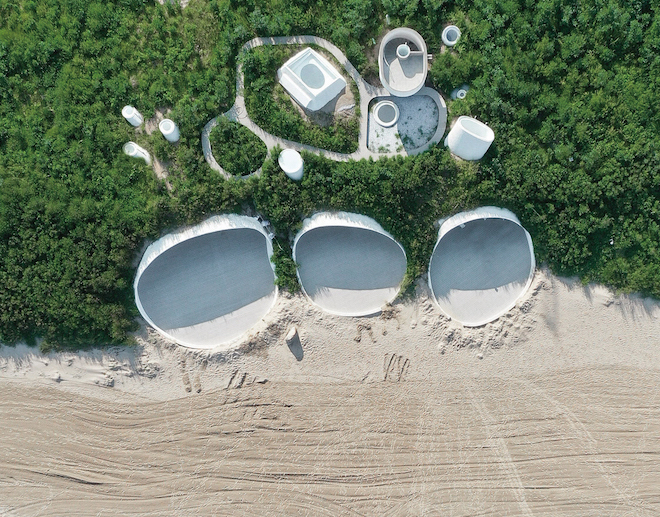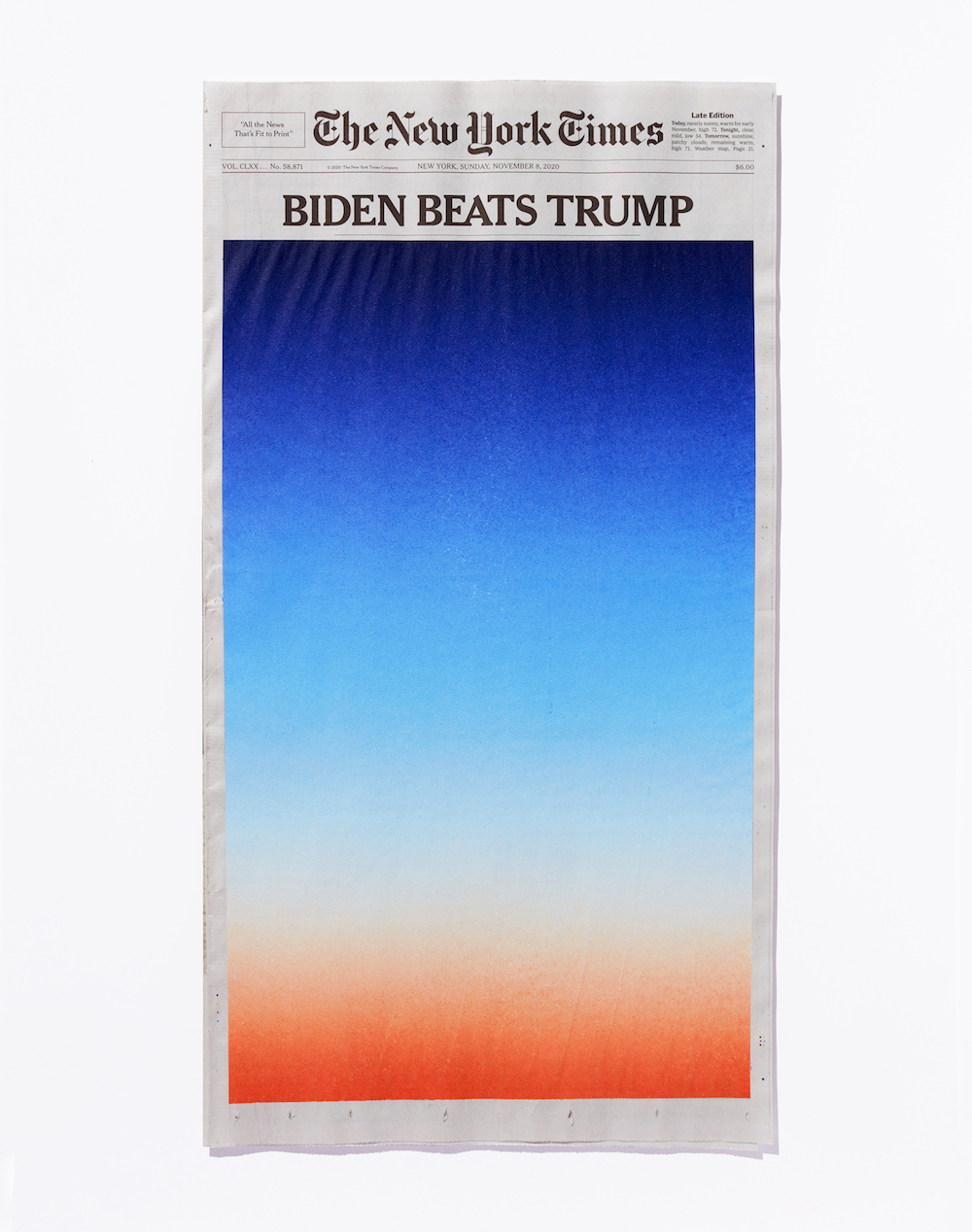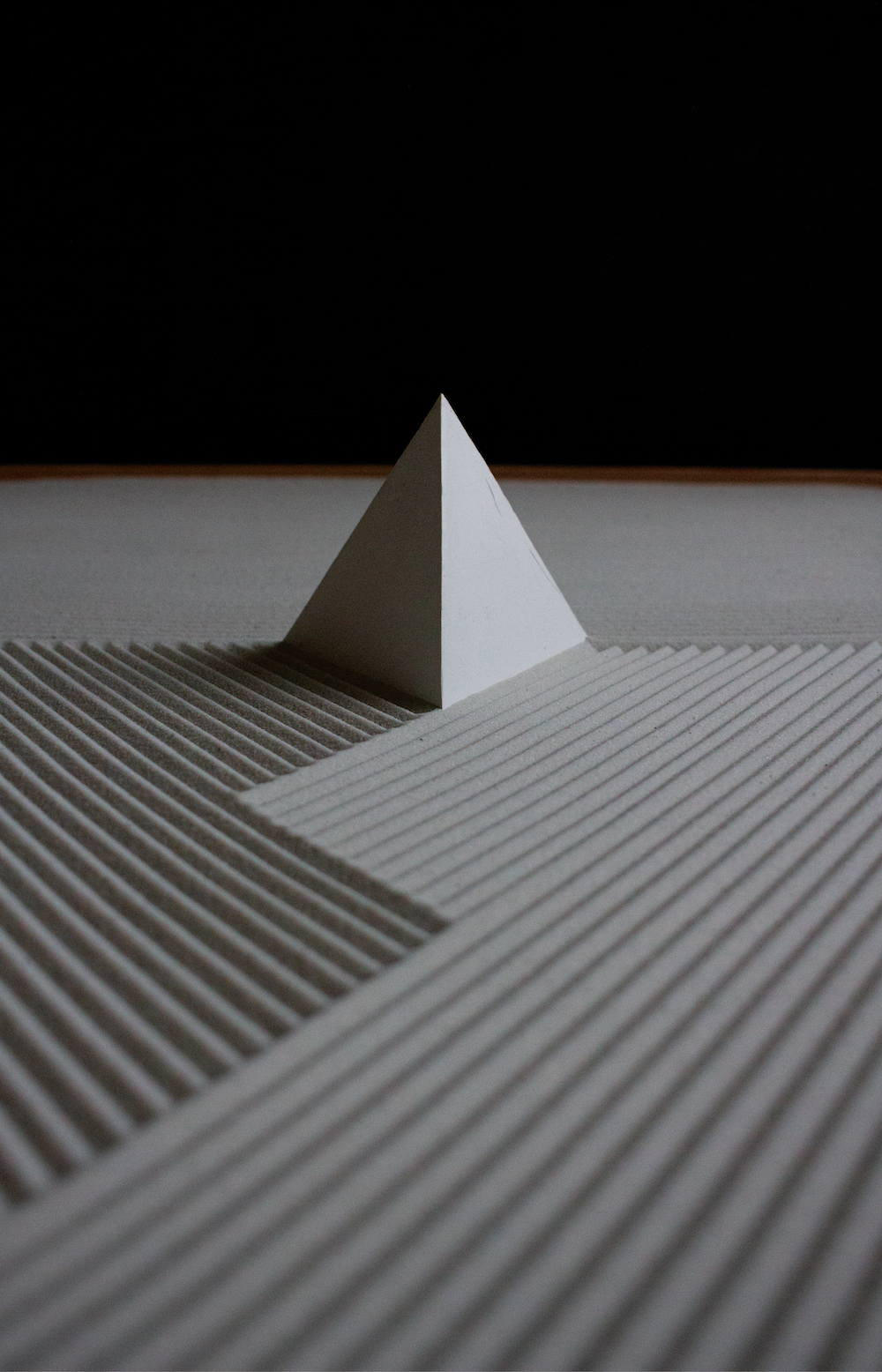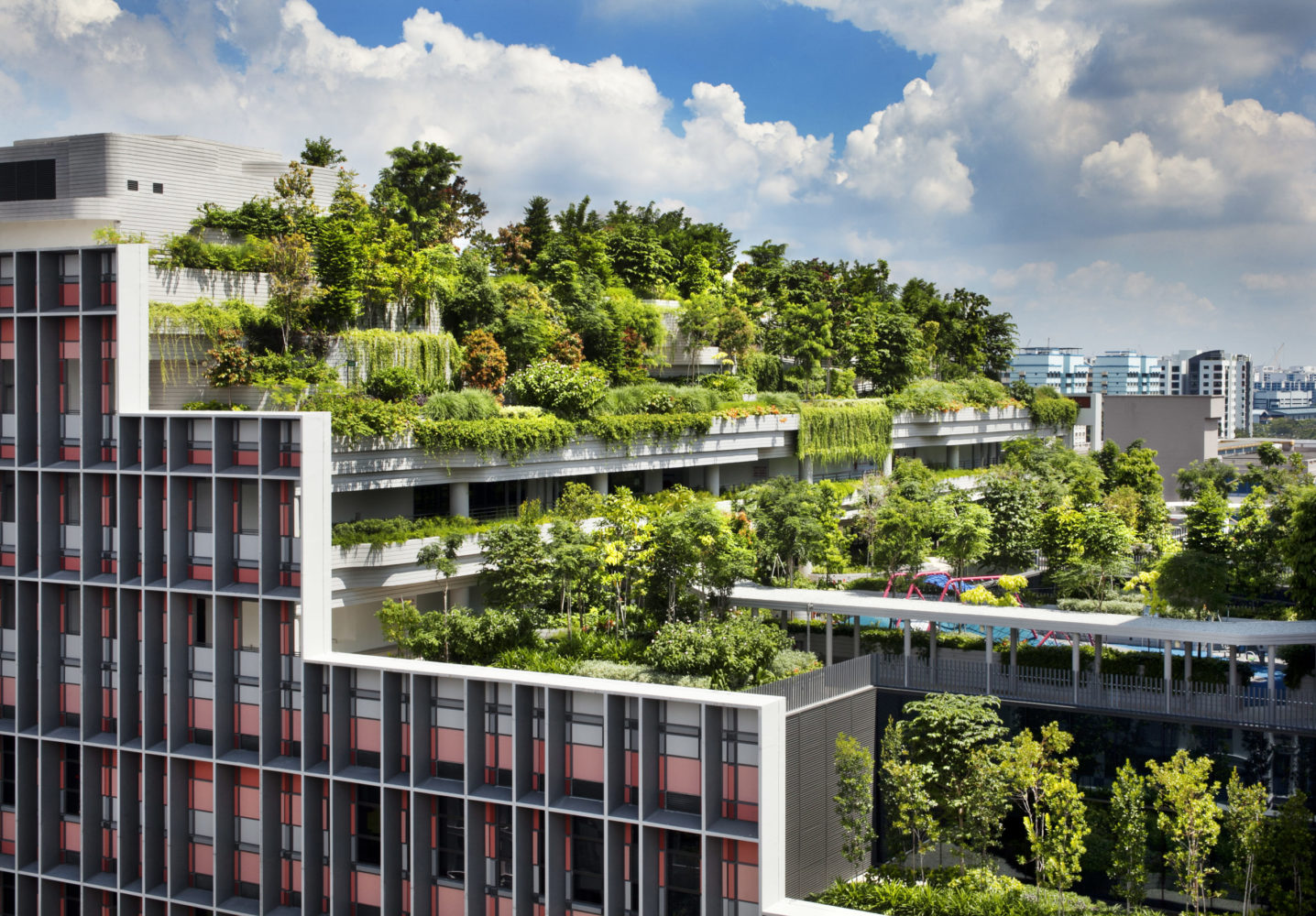Soon after the world shut down last spring, the author, editor, and advisor András Szántó embarked on a series of conversations about the role of museums during these unprecedented times. He called for the opening of shuttered institutions, and within weeks he used the COVID-19 pandemic as a jumping-off point to ask the directors of top international museums what the future looked like.
The result, The Future of the Museum: 28 Dialogues, published in January by Hatje Cantz, is a real-time response to the times and a candid look at what lies ahead, through conversations with Franklin Sirmans of the Pérez Art Museum Miami, Eugene Tan of the National Gallery Singapore & Singapore Art Museum, Shunaya Raffel of M+ Museum in Hong Kong, Axel Rüger of the Royal Academy of Arts in London, and many more. Szántó shared with Whitewall some of the surprising insights that came to light after he spoke with dozens of directors who were, for a first, home-bound and reachable thanks to not being on an endless series of flights.
WHITEWALL: Museums have been turning to new models in response to the pandemic, but the topics explored by the leaders you’ve interviewed go beyond that. If the pandemic hadn’t occurred as a catalyst, do you think these institutions would still be looking for fresh avenues of engagement?
ANDRÁS SZÁNTÓ: Absolutely. In fact, one of the tenets of the book is that the pandemic did not so much engender new projects and solutions (although there was a lot of clever new content, especially digital) but accelerate changes that were already under way.
The major insight I gained from doing the book—and one that I did not entirely anticipate—was that there is a more or less unified desire to adapt and upgrade the museum model. This desire to make the museum more porous, more engaged, more community minded, more modern in how it communicates, more attuned to matters of social justice, did not emerge out of the blue. These strains of thinking were already germinating in the field. But the situation proved to be a catalyst.
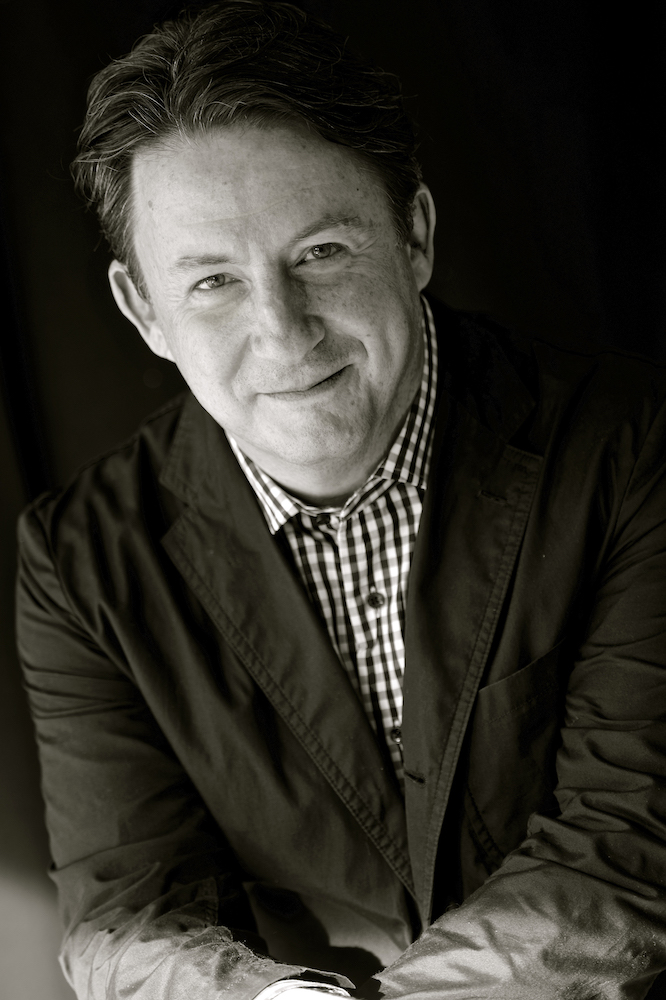
András Szántó portrait by Patrice Casanova, 2020.
WW: How did you choose your featured subjects?
AS: I wasn’t so keen to get the biggest institutions, to interview every established museum director. I tended to favor including people and institutions that are not always so well known—that’s more interesting for the reader. I am especially happy that four African institutions featured in the book, all led by fearless, strong, enterprising women.
In fact, new ideas and new practices often originate from smaller entities, sometimes on the edges of the mainstream. New museums in emerging regions are not only compelled to innovate because they have to make do with less, but because they have to promote the museum to audiences who are new to it, and they have more freedom to do so.
WW: Art should be for everyone, yet museums can sometimes be or feel inaccessible. What are some of the steps you’re seeing these directors taking toward creating a more inclusive, inviting business model and environment?
AS: Art is capable of being for everyone. Art institutions, however, as you correctly point out, are often intimidating and trapped in outdated models.
It starts with the architecture. Older museums often reflect outdated assumptions about “high culture”—they are literally on a hill, shaped like a Greek temple, accessed through a flight of steps, removed from the city, and suggesting the need to undertake some kind of sacrificial struggle to earn the privilege of engaging with art.
The current generation of museum leaders is trying to do away with all that. The accessible museum requires reforms at all levels: from collections that reflect all members of the public to exhibitions that address issues people care about, to communications that everyday people can understand, to amenities that attract people to the museum.
The desire to open up and democratize the museum is, in part, political: It is based on a deep conviction that the museum should be for everyone, and as such, it should shed its legacies of elitism, colonialism, racism, sexism. But it is also smart business. Museums compete for audiences, and museum leaders know that in order to capture the contemporary audience, particularly the younger audience, you have to speak a language people understand and want to engage with.
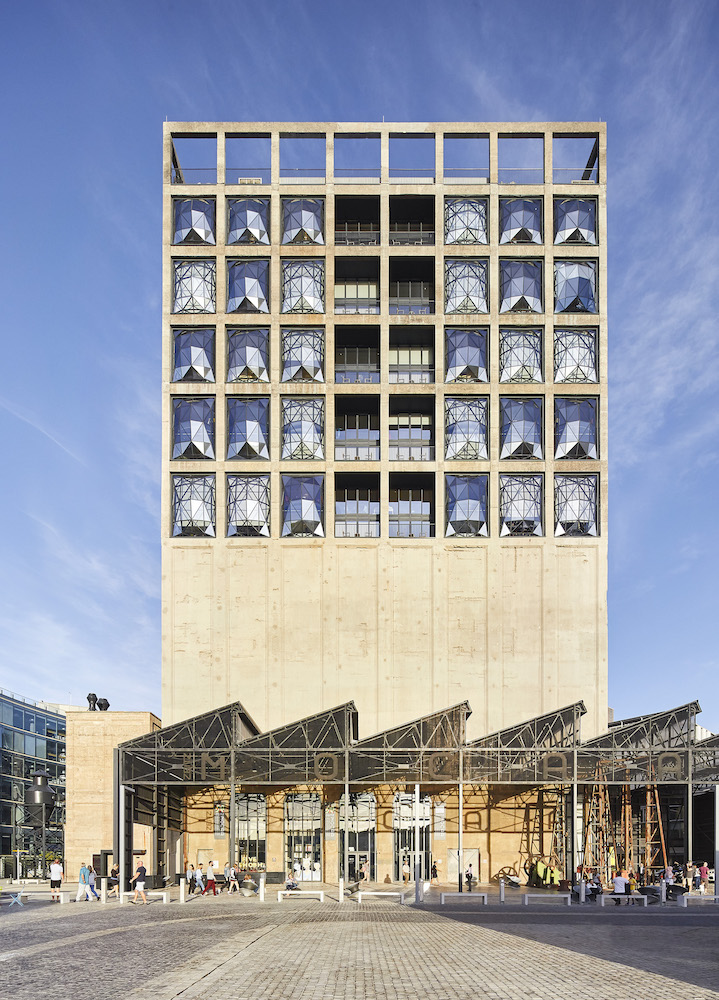
Zeitz Museum of Contemporary Art Africa, exterior façade. Photography by Heatherwick Studio. Image courtesy of Hufton + Crow Photography.
WW: One of the topics covered in The Future of the Museum: 28 Dialogues is how institutions are reckoning with the foundations of colonialism on which their collections have been built. What are some of the ways you’re seeing art spaces working to amend this injustice?
AS: The need to come to terms with systemic racism was perhaps the most acutely felt in American institutions, and some of the American directors in this book speak in the most searing terms about it.
Some of the issues can be settled in ways that the museum field understands—repatriation has been a major issue for decades, although it is now clearly accelerating. Other issues are harder to fix: How do you acknowledge people whose stories you did not previously acknowledge? How do you tell stories from different points of view?
This is a tectonic, generational effort. And it means not only rethinking collections, exhibitions, scholarship, and modes of public engagement, but also dramatically altering the demographic composition of museum staff, museum leadership, and museum governance. It cannot happen overnight; however, I think the momentum is real, and lasting.
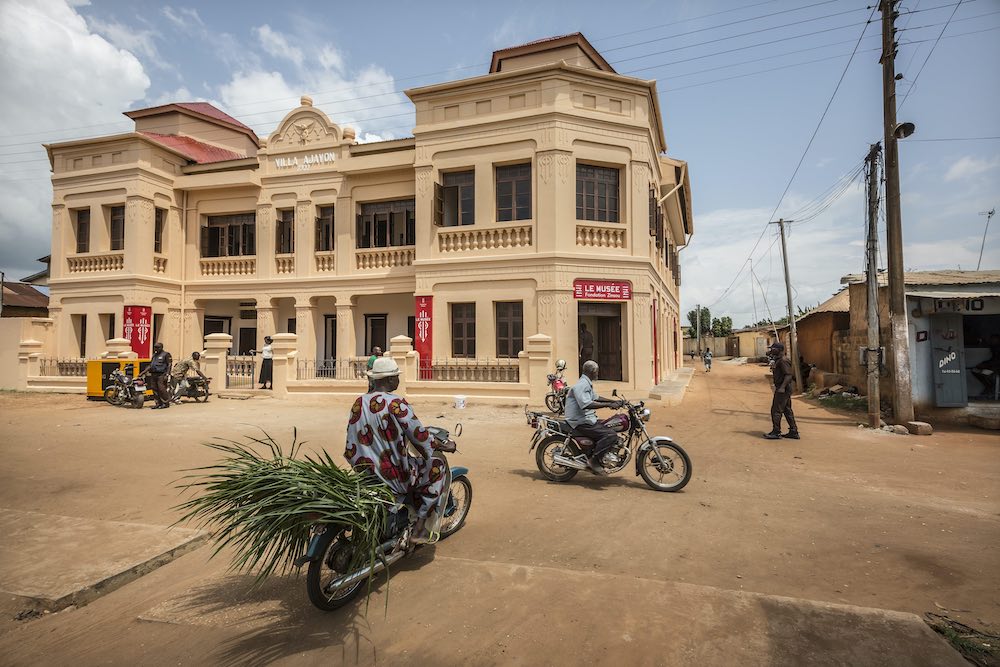
Musée de la Fondation Zinsou, exterior façade. Photography by Jean-Dominique Burton.
WW: Where do you see museums heading in the next decade?
AS: Perhaps the most important message of the book is that museums in the future can take on many more and more varied forms. There is no reason why a museum in Africa has to look like one in Europe or North America. We can move away from the monotony of buildings by the same “starchitects” featuring the same glass and steel lobbies, with the same white box galleries. It comes up in one of the conversations that, in fact, the white box is itself a kind of period room.
The other major shift will be a rebalancing between buildings and their environments. The museum should not be seen as a box, but as one part of a larger matrix, part of a larger campus, and at least as something that has a kind of osmotic relationship with nature or the urban fabric. The city can wash through the museum. The green spaces that surround so many museums, usually as an afterthought, can be seen as integral elements.
In fact, the museum always has been a faithful mirror of the values of the society around it. As we imagine more just, more human, more environmentally sensitive societies, our museum architecture will both follow suit and lead this evolution. That’s what I hope anyway.
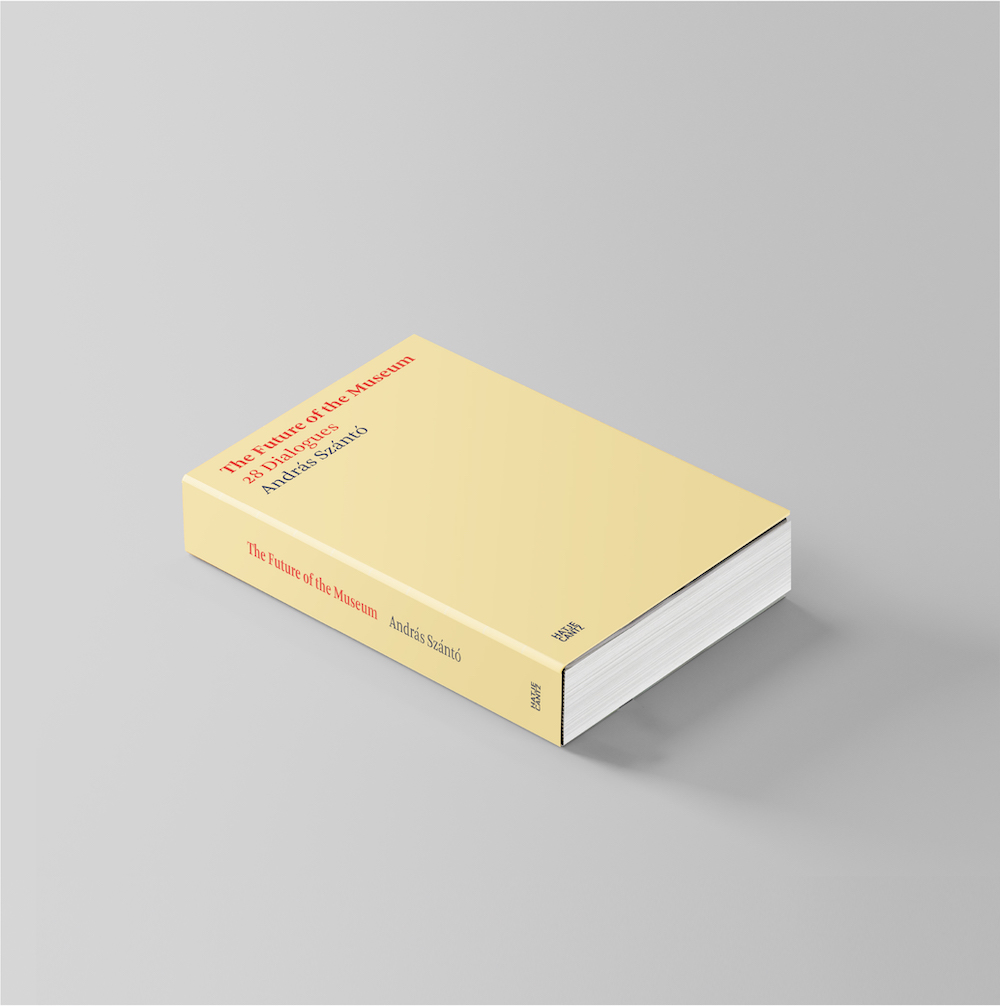
“The Future of the Museum:28 Dialogues” mockup by Laura Noguera.
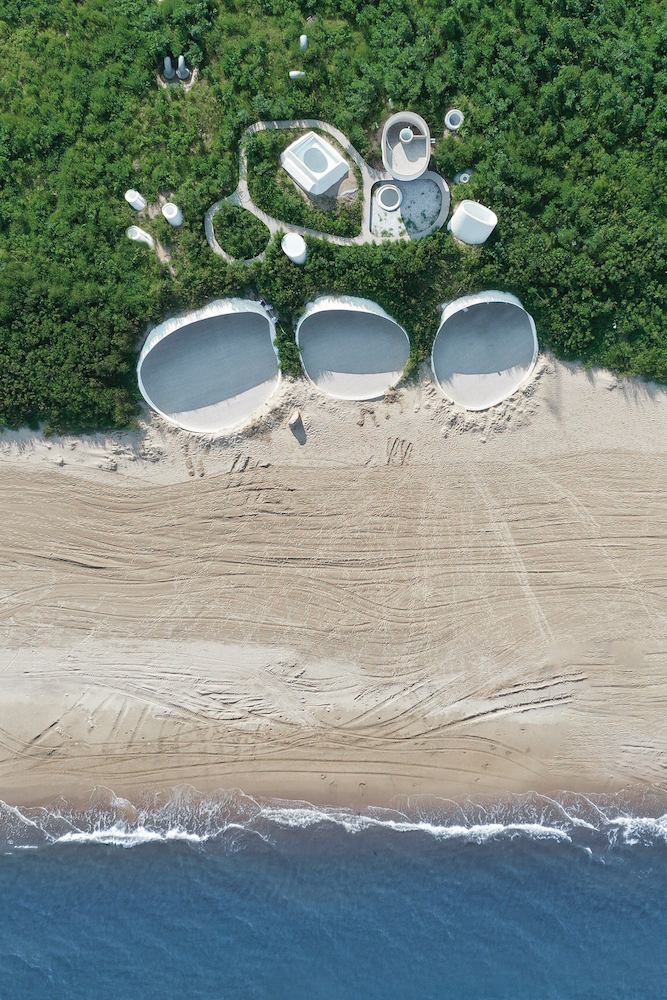
UCCA Dune Art Museum, designed by Open Architecture, photo by Zaiye Studio.


